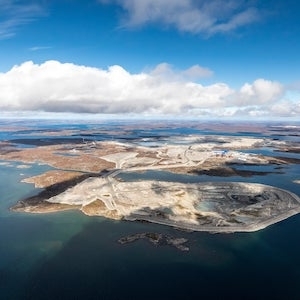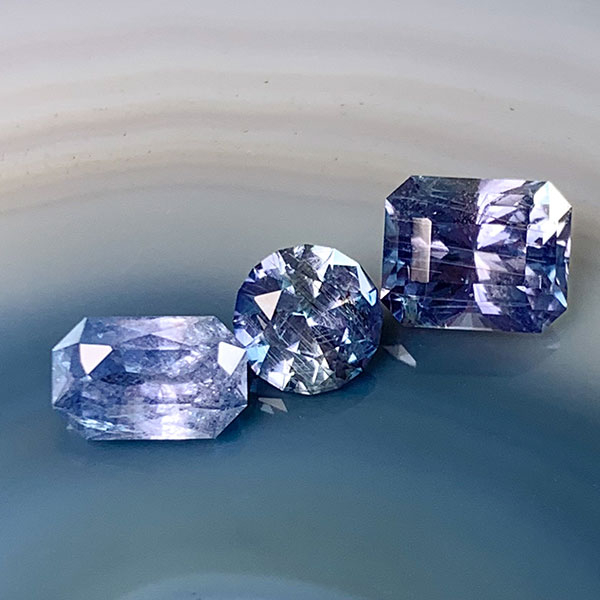
If you’re headed to Tucson, for the gem shows later this month, be sure to ask questions about the provenance of the stones you’re buying, says Monica Stephenson (pictured), founder of Anza Gems.
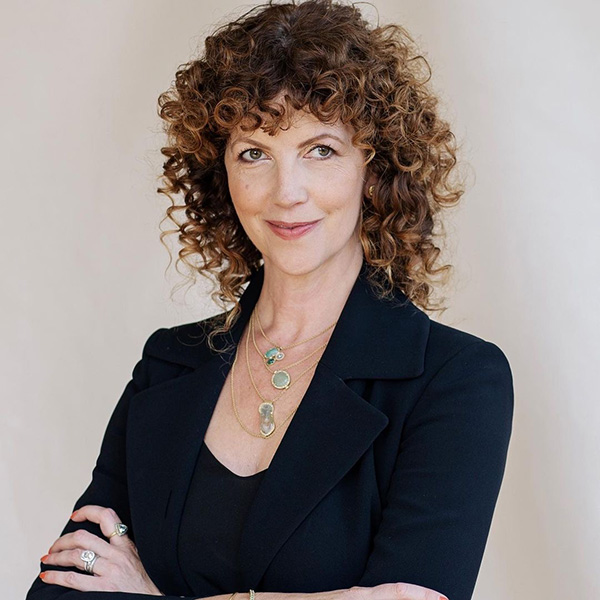
“Probably 80 percent of what we’re looking for in Tucson is from artisanal communities, so as you’re looking at these gems, rocks, fossils, realize that they come from somewhere, but also that they come from someone,” she tells JCK.
Stephenson should know. In early December, she returned from her 16th (or was it her 17th?) trip to East Africa in seven years (including two and a half years of Covid non-travel). This time, she confined her visit to Nairobi, Kenya, where she attended an international conference organized by the World Bank’s Extractives Global Programmatic Support (EGPS) Multi-Donor Trust Fund (MDTF).
Called “Business Unusual: What Future For Artisanal and Small Scale Mining (ASM) Post Covid-19?” the event brought together government officials, policymakers, and NGOs to address the complex needs of mining communities around the world, with a focus on Africa.
Stephenson’s earlier visits, however, brought her in direct contact with the miners themselves—particularly female miners who belong to the Tanzanian Women Miners Association (TAWOMA) and their counterparts at the Association for Women in Energy and Extractives in Kenya (AWEIK).
Working in the Tanga gem-mining region of Tanzania, she’d helped oversee numerous market days for Moyo Gems, the gem collaborative she co-founded in 2019 (along with Stuart Pool, head of Nineteen48, and Emmanuel Piat, director of Paris-based Maison Piat) to market goods from artisanal female gem miners (and their male allies) in East Africa.
In May, Stephenson attended Moyo Gems’ inaugural market days in the Voi region of Kenya, where they have long sought to expand the program.
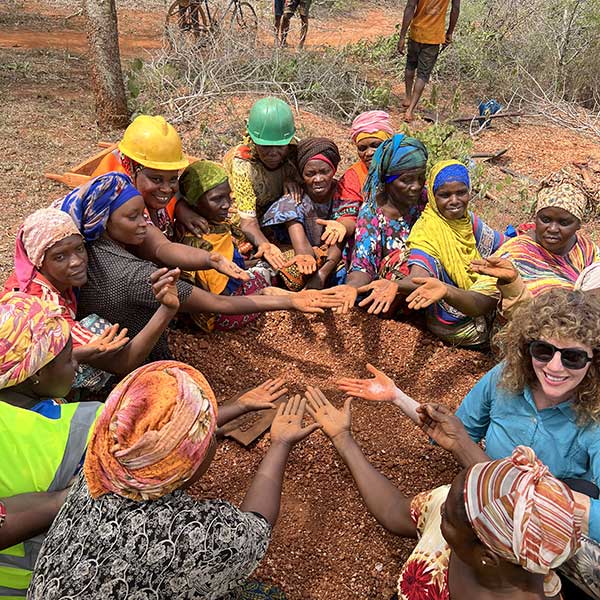
“The original Moyo project was built on the backbone of GIA doing artisanal mining training for the Tanga region through TAWOMA,” Stephenson says. “GIA was expanding in the Voi region, and there’s a lot of continuity with that region and what we were already doing in Tanzania. It’s close geographically and they all speak Swahili and some English.
“We wanted to build on GIA’s training and expand our market to the Kenyan side,” she adds.
The Voi market days included two days in remote villages and one day at the Voi Gemstone Centre—where hundreds of small-scale miners, fresh from a day of gemological training provided by GIA, learned how to best market their goods. The point of the initiative was to shorten the supply chain for miners, whose gems are typically traded between numerous brokers and dealers before they are sold to international buyers, and help earn them more money at the outset.
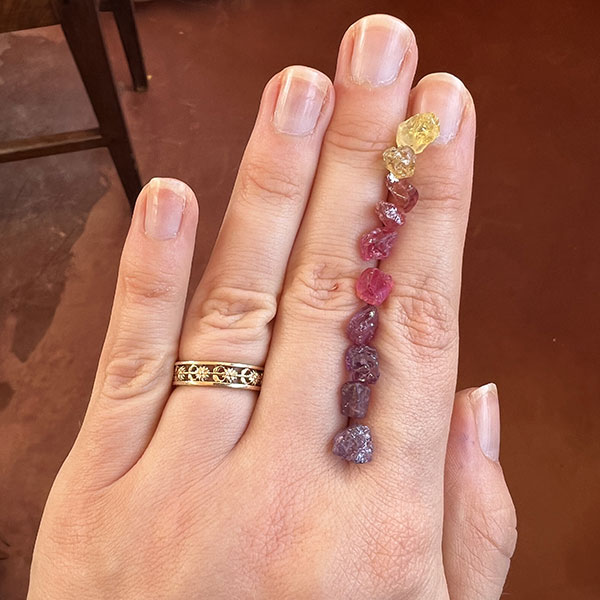
“The miners need to have participated in the GIA training first—it’s a really important building block,” says Stephenson. “For many of them, this was the very first time they had ever received any kind of training. They knew they had gems of some value, but they didn’t know the differences in the species, or how to prepare their gems for market—to wash and clean them, but not to oil them. Or how to sort and bag them so their gems could be evaluated in different quality levels.”
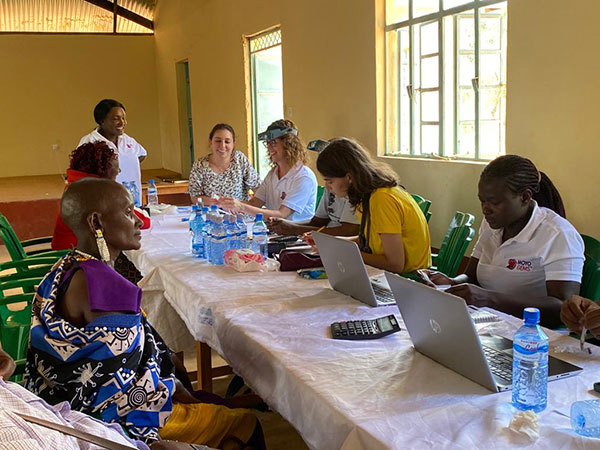
Working with the Kenyan gem cutter Marvin Wambua, who spoke to the miners in Swahili, Stephenson offered the miners clear guidelines on which goods were best suited for international buyers.
“Even if I couldn’t buy their gems, we spent time telling them what we’re looking for,” she says. “If this gem was a better color, we could buy it, or if this was better clarity, we could buy. Or letting them know there maybe isn’t a market for certain minerals.
“No one had ever shared that kind of information with them,” she adds. “It was helpful for them to know where to focus their energies.”
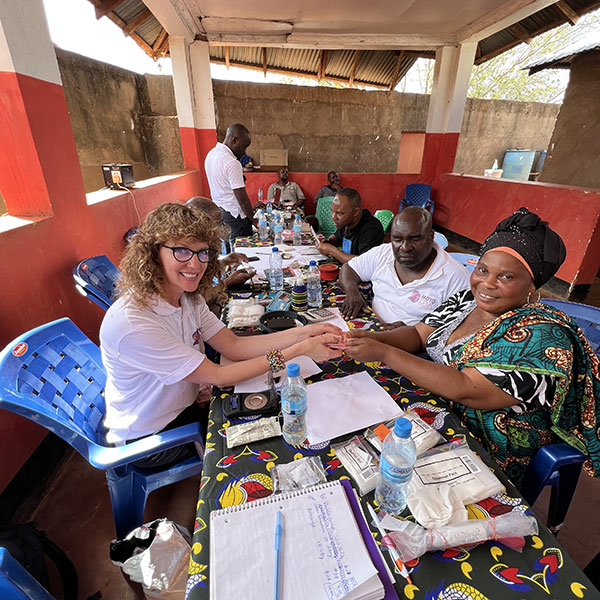
After attending the World Bank conference in December, Stephenson came away with a clearer understanding of how technology could be used “to link the supply side with the market side,” she says.
“Miners brought up over and over again the same challenges: access to equipment, access to markets, access to safety information, access to education,” she says. “So technology could be used to increase access to all of those things. It can provide access to markets and pricing transparency, but also allows mining communities to share experiences so there’s actual awareness.”
Stephenson cited a WhatsApp group started by Virtu Gem for the Marange Women’s Alliance in Zimbabwe. “They come together every Tuesday—they need a phone and connectivity and the WhatsApp group leads these message discussions,” she says. “They’re able to communicate and share the issues affecting them. It allows them to mobilize, but the platforms could also help connect miners to the market.”
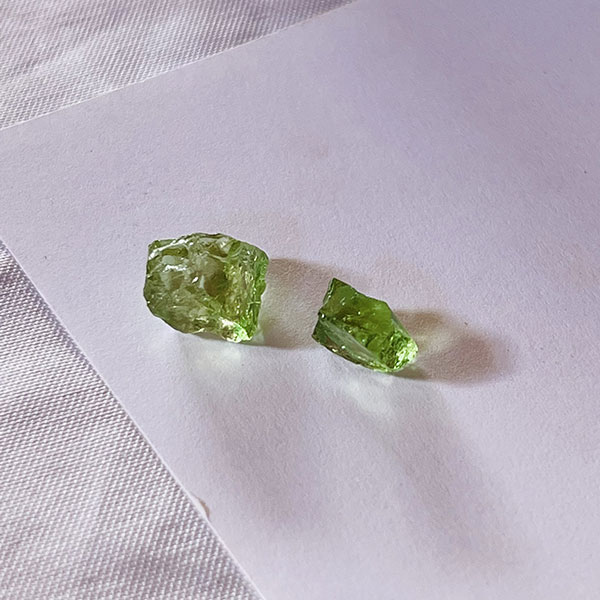
In general, Stephenson urges buyers to have “greater awareness of where they fit into that complex journey.
“Knowing what I’ve learned about the challenges of these miners and how they’ve been affected by Covid, inflation, and climate change, it’s important to ask yourself when you are considering a purchase: Who does it benefit?
“What if you could connect more directly with miners?” she adds. “Greater connection might not thrill everyone in the industry—some people benefit from opacity—but remember, the majority of these gems come from communities that are marginalized. As an industry, what kind of stories do we want to tell down the line?”
Top: Blue-violet sapphires from Moyo Gems
- Subscribe to the JCK News Daily
- Subscribe to the JCK Special Report
- Follow JCK on Instagram: @jckmagazine
- Follow JCK on X: @jckmagazine
- Follow JCK on Facebook: @jckmagazine



